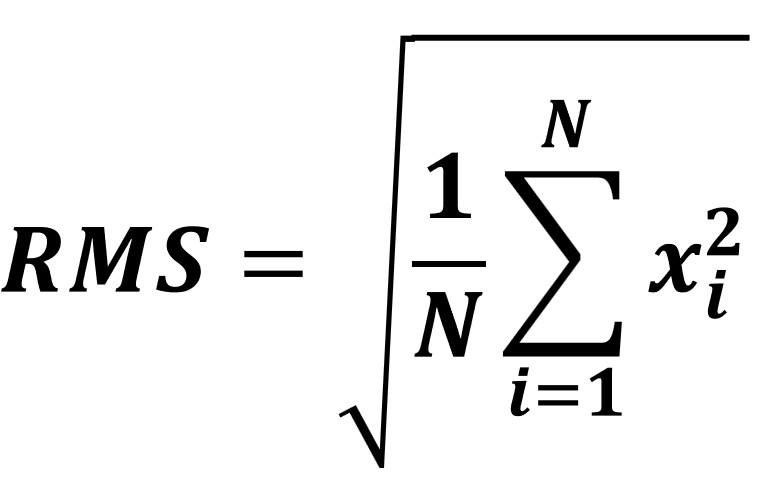Sine and Cosine – Definitions and Properites
Menu (linked Index) Sine and Cosine – Definitions and Properties Last Update: December 23, 2025 Introduction History Etymology Unit Circle Trigonometry Sine and Cosine Wave From the Unit Circle Sinusoid Waveform General Characteristics Circular Motion Parameters Phase Angle Expression Using Rotational Kinematics General Equations for Instantaneous AC Voltage and Current Voltage and Current Waveform Characteristics […]
Sine and Cosine – Definitions and Properites Read More »

